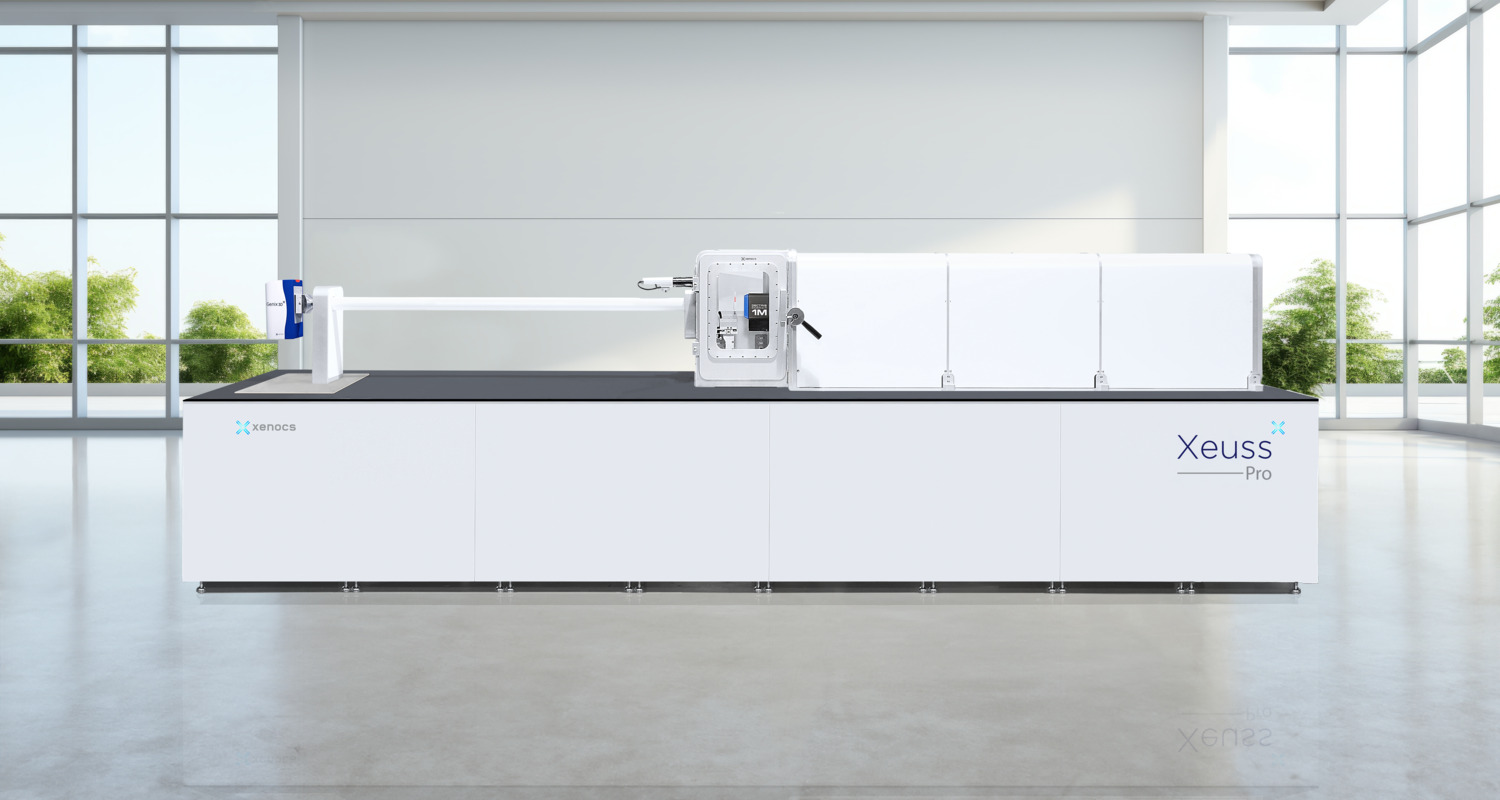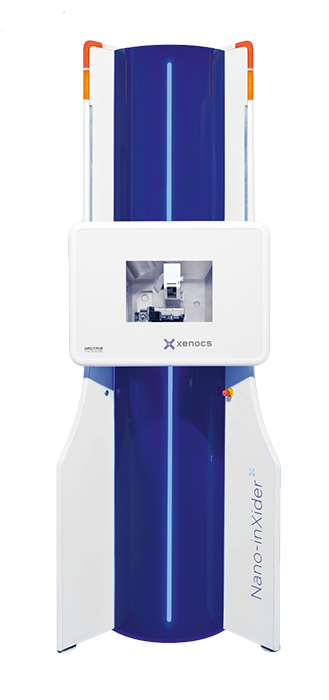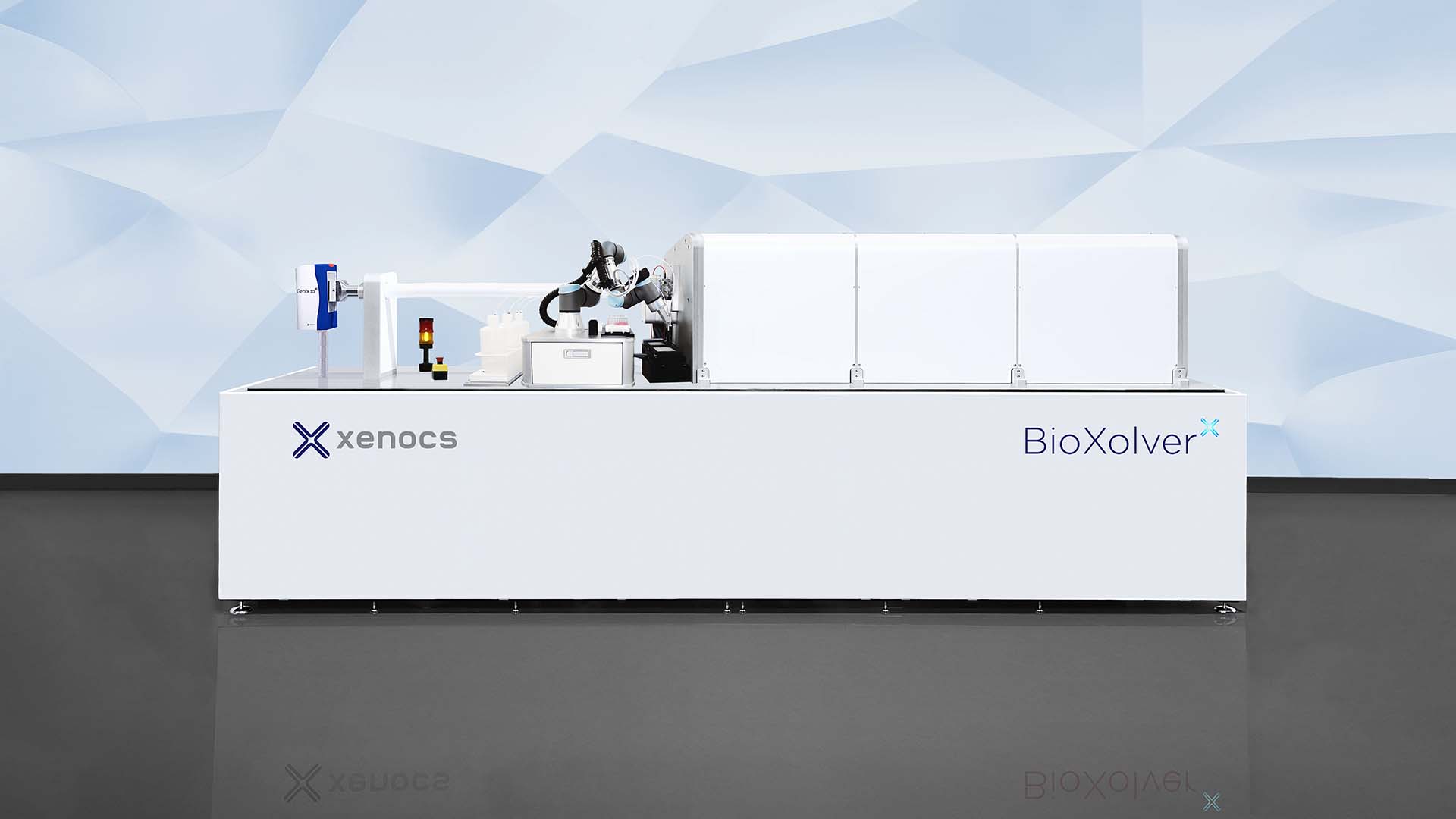Small Angle X-ray Scattering is a characterization technique enabling to study the size and shape of materials at the nanoscale. Typical range of observations with SAXS is from a few nanometers to 250 nm. With Wide Angle X-ray Scattering (WAXS) you get information on the crystalline structure of your sample at the atomic level. Grazing-Incidence SAXS and Grazing-Incidence WAXS (GI-SAXS/ GI-WAXS) enable you to analyze the structure of thin films or to collect information from surface layers.
Characterization with Small Angle X-ray Scattering
Discover some of the measurements you can do with Small Angle X-ray Scattering (SAXS) and Wide Angle X-Ray Scattering (WAXS)
Small angle x-ray scattering and its related techniques are used in many research fields, for all types of samples, such as solutions, gels, powders or solids.
You will find below a selection of measurements and information you can get with small angle x-ray scattering and its related techniques.
For each of the measurements, an explanation of what is measured is presented, with a list of typical samples. You will also find some methods and standards used as well as a summary of the advantages of using small angle x-ray scattering for each specific measurement.
More on Small Angle X-ray Scattering
In standard measuring configuration, the incoming X-ray beam is transmitted through a sample, with an exposed volume in the order of one mm3. The scattered X-rays are collected on a detector and the scattering pattern is analyzed to determine the global structural information of the sample.
With Grazing Incidence measuring configuration, the X-ray beam hits the sample with grazing incidence, enabling you to analyze the structure of thin films, or to collect information from surface layers only. The related techniques are Grazing-incidence SAXS and Grazing-incidence WAXS (GI-SAXS/ GI-WAXS) depending on the length scales of the structural parameter to be probed.
Learn more
Access our knowledge base which contains applications notes & cases, as well as an extensive list of customer publications with search tool.
Products
All these measurements are possible directly in your lab.
Xeuss Pro
The Ultimate Solution for Nanoscale Characterization using SAXS/WAXS/GISAXS/USAXS/Imaging




































